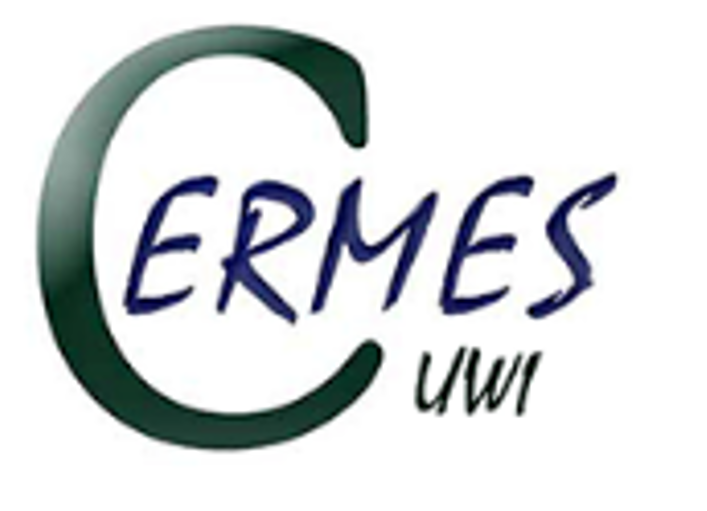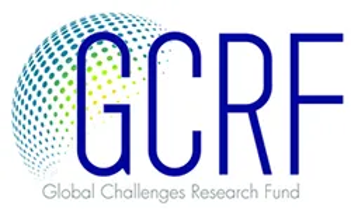Exchanging sargassum knowledge in the Western Region of Ghana, January 2023
Written by Dr Sien van der Plank
Welcome to the coast of the Ghanaian Western Region. Seemingly endless beaches of coconut and palm trees. A biodiverse tapestry of coastal, forest and freshwater ecosystems. A blend of cosmopolitan towns, gas terminals, farmland, tourist resorts, and smaller villages. In every locality, there is land to farm to the north, coast and the Atlantic to sustain fishing livelihoods to the south. But here too, sargassum seaweed influxes are causing a major headache – both rhetorically and physically.

Beaches of the Western Region, without sargassum
In January 2023, researchers from the University of Southampton (UK), University of Ghana, Mona GeoInformatics Institute (Jamaica), and Ghanaian Environmental Protection Agency travelled ten hours west of Accra to share our knowledge on the causes and biology of sargassum, as well as possible management and usage opportunities. Dr Maxam, Romario Anderson and Darren Fletcher from MGI shared their learning from similar sargassum experiences in Jamaica, and presented their work on an early warning system. But that is only half the story: we also sat down for a day with local headteachers, teachers and community representatives to learn about their experiences, responses and needs regarding these seaweed influxes.

Group photo at the close of the teacher-community knowledge exchange workshop
For three further days, the international team of fourteen researchers travelled between Beyin, Sanzule and Esiama to engage junior high school children in the SargSNAP! citizen science project. Building on teaching from an earlier visit in June 2022, we tested the students’ general knowledge on sargassum. We also asked what their experiences and interests in sargassum are. We extended an invitation for them to join this research by collecting data in two ways: first, by taking photos of sargassum impacts on their everyday lives; second, by using a newly launched CoastSnap point in their locality to systematically record the absence and presence of sargassum. We are grateful to all schools and children for accepting this invitation, and look forward to continuing to co-produce this research with them.

There are now CoastSnap – photo snap points – in Beyin, Sanzule and Esiama, Western Region, Ghana
Over these three days, we also surveyed community members to find out what sargassum meant for their livelihoods, and how they thought a photographic record might help address the challenges sargassum brings. We met with a chief and paramount chief to request permission to enter their communities and do this work, and are thankful for their support for this work.

It turns out we have a Southampton Saints fan in Esiama – the chief himself! We are grateful for his support for our work
We, researchers from Accra, Jamaica and the UK, now return to our institutions and our homes. The sargassum that the Western Region in Ghana experiences is, for us, a physically distant emergent risk. But we have built on past relationships, fostered new ones, and have grown the team from fourteen to many, many more – as we are now joined by children and adults from Beyin, Sanzule and Esiama in this research endeavour. We look forward to continuing this collaboration to increase understanding on the challenges and opportunities of sargassum in West Africa, and to build a citizen science network for coastal research in the region.

Dry and fresh sargassum. We hope this is only the beginning of a long collaboration to manage and adapt to the emergent threat of this seaweed
This work has been made possible by:
University of Southampton researchers: Dr Victoria Dominguez Almela and Dr Sien van der Plank
University of Ghana researchers: Prof Kwasi Appeaning Addo, Dr Philip-Neri Jayson-Quashigah, Dr Winnie Sowah, Millicent Acheampong, Evelyn Naa Boeteng, Bernice Wilmot Oppong
Mona GeoInformatics Institute researchers: Dr Ava Maxam, Darren Fletcher, Romario Anderson
Ghana Environmental Protection Agency representatives: Peace Gbeckor Kove, Charles Bamfo, Mawuli Gbeckor
Beyin teachers and community members: Felix Cudjoe, Joyce Ackah, Francis Armoh
Sanzule teachers and community members: Gladys Agyalu, Veronica Esslen, Festus Agbodohu
Esiama teachers and community members: Prosper Amihere, Afful Bemie Millicent
We also gratefully acknowledge the contributions of University of Southampton staff and PhD students (including Prof Emma Tompkins, Prof Jadu Dash, Yanna Fidai, Daniela Rivera Marin, Lucy Graves and Sarah Ryles), and further University of Ghana colleagues.
Thank you Awulae Annor Adjaye III, Paramount Chief of Western Nzema Traditional Council (WNTC), and Nana Ainoo Kwagyan III, Chief of Esiama, for permitting us to work in your communities. Thank you also to Kwesi Bonzo, Chief executive, Ellembelle District, for your interest and support of this work.
This research was funded by the UK Research and Innovation Global Challenges Research Fund (UKRI-GCRF), grant number ES/T002964/1. The research is additionally funded by the University of Southampton ESRC IAA Award – Call 10.








